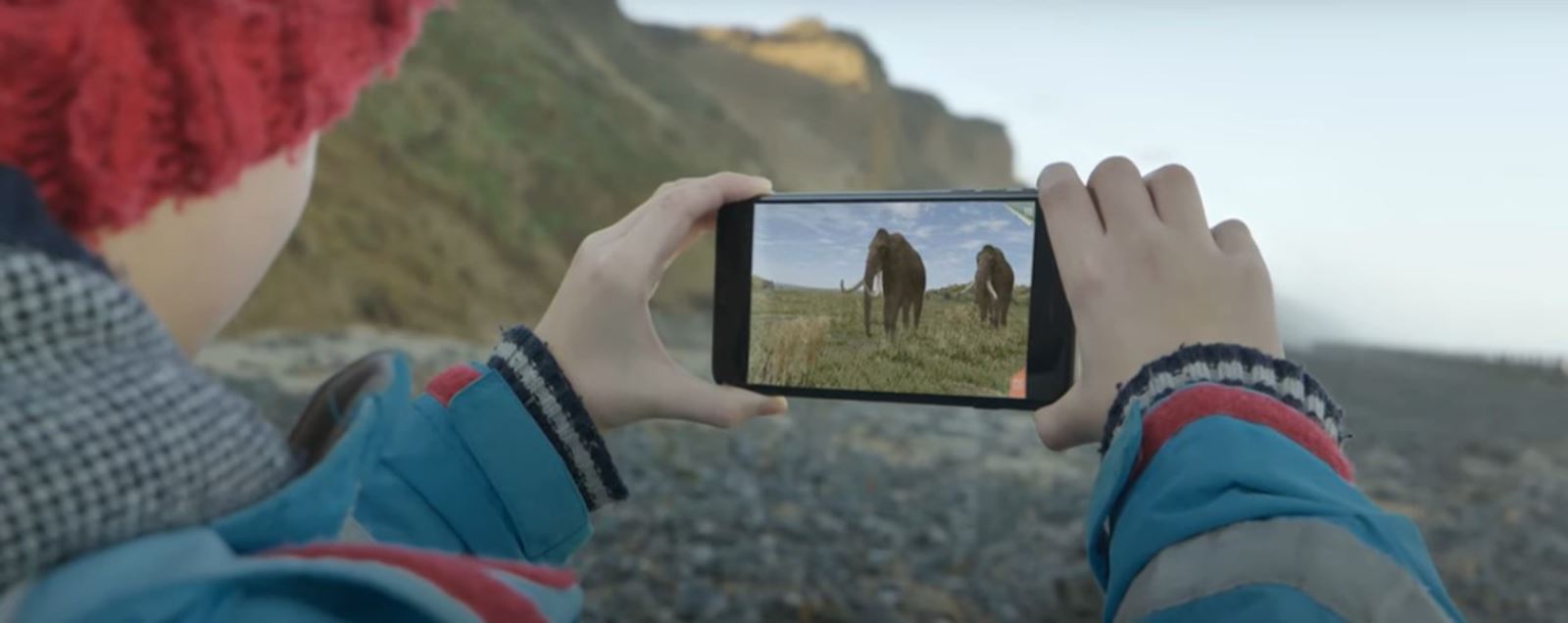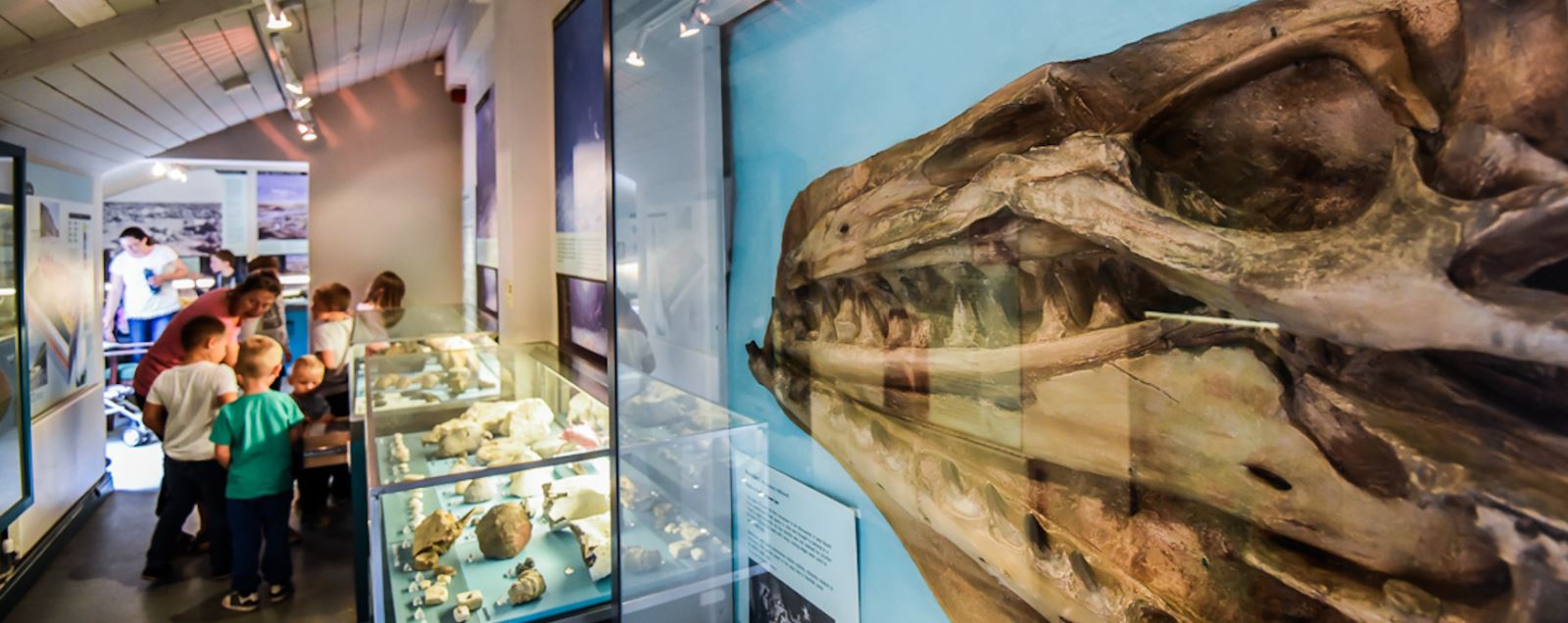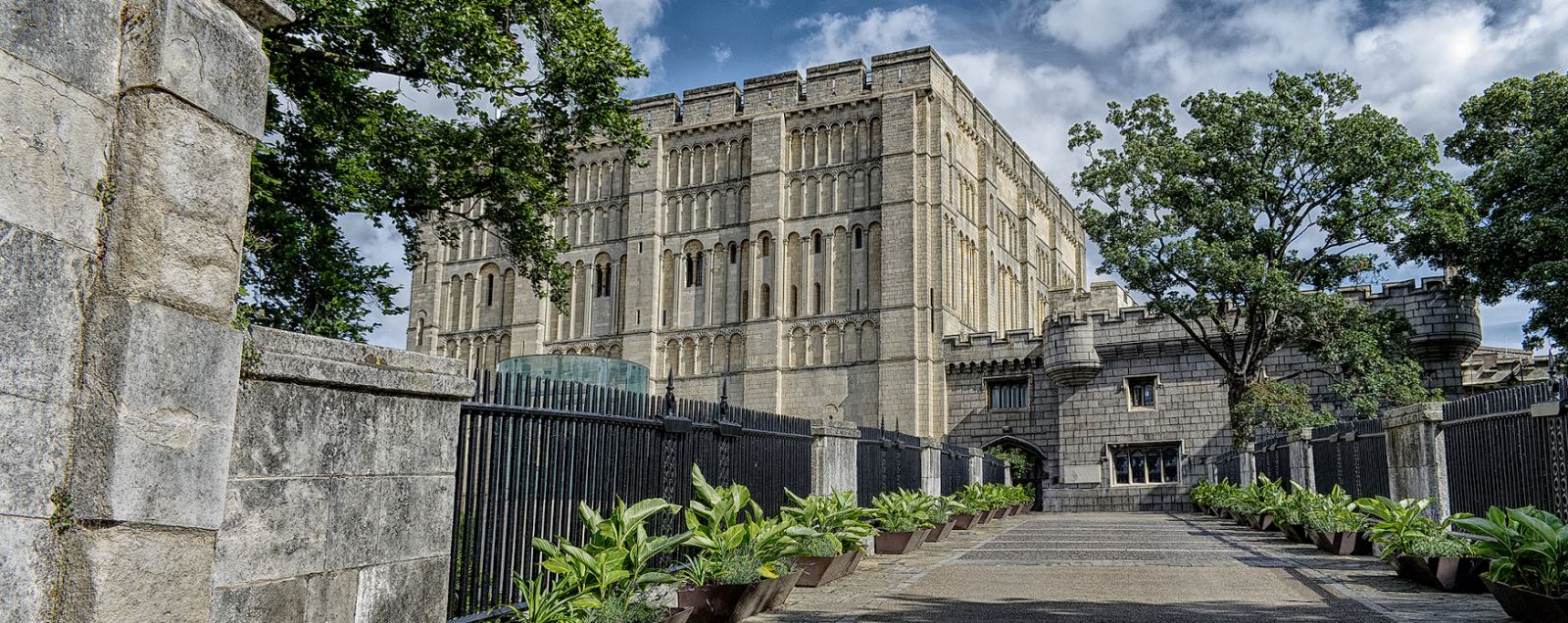Things to do on the Deep History Coast
Whatever time of year you visit the Deep History Coast, you will find plenty of ways to explore and enjoy this historical coastline.
You will find plenty of ways to explore and enjoy this historical coastline, whether you're visiting for a day, weekend or a week or more. There is lots to discover and enjoy as well as some fantastic family-friendly activities to keep all ages entertained. Using the latest technology, the Deep History Coast can be brought back to life through an App. There are events from fossil-finding guided walks to rock-pooling and a Discovery Trail to museums, there are plenty of ways to enjoy your days along the coast. All explorers are welcome!
Discovery Trail: The Deep History Coast Discovery Trail is just a part of what north Norfolk has to offer young and older adventurers. An 11-point Discovery Trail along the Norfolk Coast Path from Weybourne to Cart Gap (Happisburgh), forms the backbone of the Deep History Coast experience. Each of the eleven Discovery Points tells a different story and illustrates the local history, from ancient flora and fauna, Norfolk’s early resident and visitors, the evolution of our coast (Doggerland) and the amazing off-shore chalk reef, to learning about how to care for our marine environment. Along with the Deep History Coast app, explorers can really get a feel for what early life was like.
.jpg)
Deep History Coast App: The app will help bring the past to life through augmented reality, tours with a Hominin family as well as plenty of interactive activities for young explorers with games, a fossil identifier, fun trails and building a virtual mammoth. Activated by trigger points along the Discovery Trail, explorers can see how the land looked through a Hominin’s eyes, be introduced to the majestic mammoth, giant deer, hyaena and hippo and other creatures that lived here. Local business Experience Makers are also listed where visitors can go to find out more information about how to enjoy the Deep History Coast.

Fossil Finding and Beachcombing: You will often discover fossils along north Norfolk’s beaches. Discoveries can be anything from marine wildlife to amber, to fossils millions of years old! See our round-up of the best places to go exploring; there’s a good chance you’ll find something of interest as there are more than 20,000 fossil finds a year in Norfolk! You can use our fossil guide to help you identify or you can take it to the Cromer Museum for identification. Also keep your eye out for some fun fossil finding events. (Please note, permission is required from any landowner prior to removing stones/rocks/fossils from the beach).
.jpg)
North Norfolk Museums: Want to find out more about fossils? Cromer Museum’s Geology Gallery has an amazing fossil collection and they were all found in Norfolk. There’s also more about the famous West Runton mammoth, plus a cast of the skull of a Mosasaur, a huge marine reptile common in the seas that covered Norfolk over 80 million years ago.

North Norfolk Visitor Centre - Deep History Coast Zone: The North Norfolk Information Centre in Cromer is home to a fabulous interactive Deep History Coast discovery zone. Visitors can enjoy an immersive digital experience by exploring the Deep History Coast through a series of films and displays about early man, Norfolk’s geology, the unusual creatures that roamed here and clues to what Doggerland looked and felt like. The film on loop tells people about the Deep History Coast and a 3D display lets visitors get hands on with coastal facts.

Gressenhall Farm and Workhouse Museum is home to the preservation department of the Norfolk Museums Service and where the majority of the mammoth is kept. The museum is based in a former workhouse and explores what life was like for those who lived and worked there.
In nearby Norwich, standing proudly in the skyline is the Norwich Castle Museum and Art Gallery, home to collections of fine art, archaeology and natural history, as well as touring exhibitions from national galleries. The West Runton mammoth vertebra and mandibles and the Happisburgh Hand Axe as well as other local finds can be seen here. Explore the array of specimen cases in the Natural History Gallery containing Cretaceous echinoids, hyaena coprolites from the Cromer Forest-bed Formation, interglacial material including reindeer and hippopotamus remains and one of the largest flint ammonites ever discovered.

Take the high ground; stand on the highest ground in Norfolk along the Cromer Ridge: There are fantastic views towards the coast from the Cromer Ridge and you can find an information panel about this area alongside Norfolk Gravel’s quarry, in Beeston Regis. The information panel is to the side of the footpath (BR11) just south of the viewpoint at Stone Hill. The Cromer Ridge has an interesting ‘ice-age’ history that has been quite difficult to understand. Quarrying enabled researchers gain access to the sediments that form the ridge, including the huge thickness of sand and gravel which is nowhere near as thick in the coastal cliffs nearby. This has helped in piecing together an understanding of north Norfolk’s changing climate and environment in deep history. These sands and gravels have also provided a valuable local supply of high-quality building aggregates and provide the basis for the low nutrient soils of the important heathland habitat along the Cromer Ridge.











